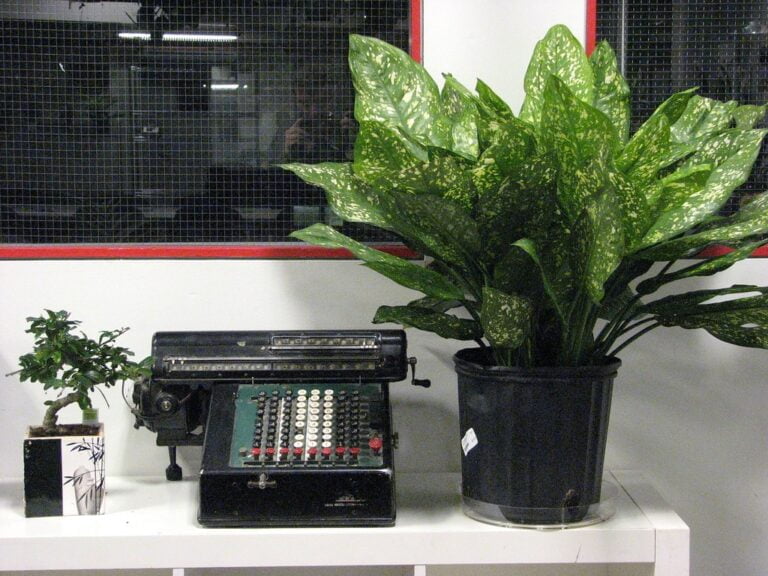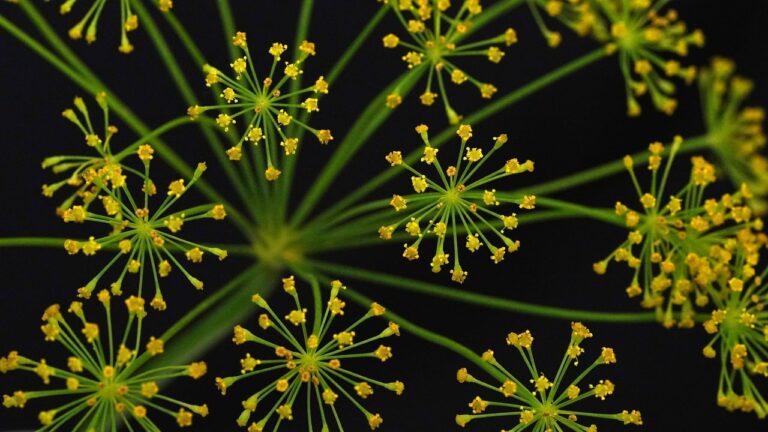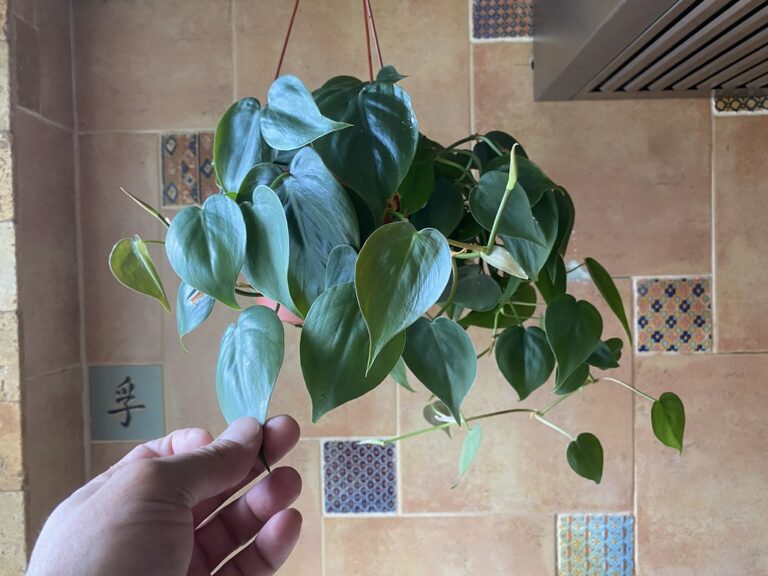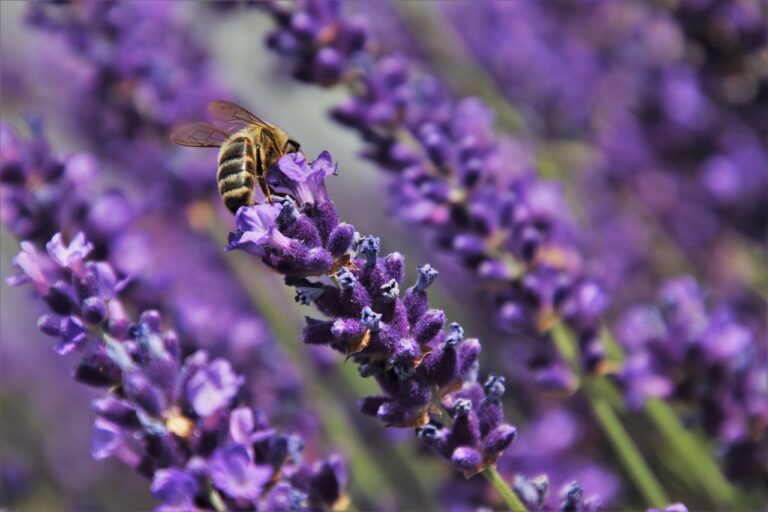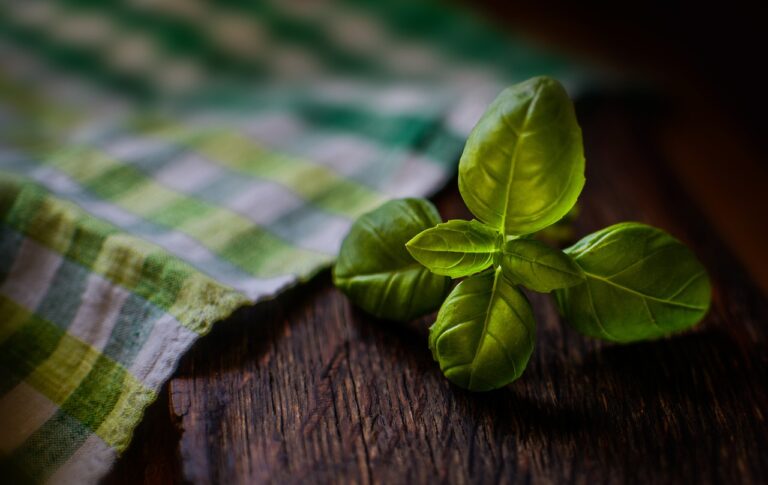Why Are Your Calathea Leaves Curling? Causes and Solutions
If your Calathea leaves are curling, it may be due to inconsistent soil moisture, root rot from overwatering, low humidity, or direct sunlight exposure. To rectify this, make sure soil moisture is stable, watch for root issues, maintain humidity levels, shield from intense light, and optimize watering techniques. Monitor plant health closely.
Common Causes of Leaf Curling
Overwatering and inconsistent soil moisture are primary culprits behind the troubling leaf curling phenomenon observed in Calatheas. When the roots of a Calathea are constantly sitting in waterlogged soil, they can’t access the oxygen they need, leading to root rot. This root damage then manifests in the leaves, causing them to curl as the plant struggles to take up water and nutrients effectively.
Moreover, low humidity levels can exacerbate leaf curling in Zebra Calatheas. These plants are native to tropical regions with high humidity, so when the air around them is too dry, they respond by curling their leaves to reduce moisture loss. To combat this, it’s essential to create a humid environment for your Calathea, either through regular misting or by using a humidifier.
Additionally, exposure to direct sunlight can also trigger leaf curling in Calatheas. These plants prefer indirect, filtered light, so when they receive too much sun, they curl their leaves to protect themselves from burning. Placing your Calathea in a spot with gentle, indirect light can help prevent this issue and keep your plant’s leaves healthy and unfurled.
Overwatering and Watering Issues
Excessive watering can result in root rot and curling leaves in Calatheas, a common issue that impacts their health. It’s essential to monitor the soil moisture level regularly to prevent waterlogging and guarantee proper hydration. Adjusting the watering frequency based on the plant’s needs and environmental conditions is vital to maintaining healthy foliage and avoiding leaf curling.
Too Much Water
To guarantee the peak health of your Calatheas, maintaining appropriate soil moisture levels is essential in preventing leaf curling and other water-related issues. Overwatering can lead to root rot, resulting in leaf curling and yellowing. Consistent monitoring of soil moisture is pivotal to avoid overwatering. Make sure pots have proper drainage holes to prevent waterlogging and subsequent leaf problems. Water your Calatheas when the top layer of soil is dry to maintain the right soil moisture balance. Adjusting the watering frequency based on the plant’s needs helps in preventing leaf curling issues. By being mindful of water levels and drainage, you can keep your Calatheas healthy and vibrant.
Watering Frequency
Maintaining an important watering schedule is crucial for the health of your Calatheas, ensuring they receive sufficient moisture without risking overwatering issues. Overwatering can lead to root rot and curling of Calathea leaves. Consistent soil moisture is vital to prevent water-related problems. To determine when to water, check the top inch of soil for dryness before proceeding. Watering from bottom drainage holes can help achieve proper saturation without waterlogging the soil. It’s essential to adjust the watering frequency based on the specific needs of your plant and the surrounding environmental conditions to maintain optimal soil moisture levels. By being mindful of your watering practices, you can help your Calatheas thrive and avoid complications related to overwatering.
Low Humidity Levels
Low humidity levels can lead to the curling of Calathea leaves as it hampers the plant’s moisture absorption process. When the air lacks sufficient moisture, Calathea plants struggle to take in the water they need through their leaves, resulting in dry and brittle leaves that curl as a protective response. To combat this issue, it is essential to increase humidity levels around your Calathea. These plants thrive in environments with humidity levels closer to 60%, which supports their best growth and prevents leaf curling.
One effective way to address low humidity levels is by using methods to increase the moisture in the air surrounding your Calathea. Spraying the plant regularly or using a humidifier in the room can help create a more suitable environment for your Calathea to thrive. By monitoring the humidity levels and making adjustments as needed, you can greatly improve the health of your Calathea plants and prevent the distressing curling of their leaves. Remember, maintaining the right humidity levels is crucial for ensuring the overall well-being of your Calathea plants and promoting their lush, vibrant foliage.
Temperature Stress
Maintaining the right temperature is critical for Calatheas, as they thrive between 19 and 29°C. Extreme temperatures can stress the plant, leading to curled leaves and diminished health. Ensuring a stable room temperature within the preferred range fosters ideal leaf growth and overall plant well-being.
High Vs Low Temps
To ensure optimal growth and health for your Calathea plants, it is vital to maintain a consistent temperature range between 65-85°F, mimicking tropical houseplant conditions. Sudden temperature swings can stress Calatheas, so it’s important to avoid exposing them to low temperatures below 60°F or high temperatures above 90°F. Low humidity levels combined with extreme temperatures can also lead to leaf curling and browning. Cold drafts, especially during winter, can shock Calatheas and hinder their growth. By creating ideal temperature conditions within the recommended range, you can promote healthy leaf growth and overall plant well-being. Remember, Calatheas thrive in a steady temperature environment resembling their natural tropical habitat.
Impact on Leaves
Excessive temperature stress can cause Calathea leaves to curl, impacting their overall health and growth. Calathea plants thrive in temperatures between 19 and 29°C, mirroring tropical conditions that are essential for robust leaf health. Sudden exposure to cold drafts or drastic temperature changes should be avoided to prevent leaf curling. Maintaining a consistent room temperature is key to ensuring Calatheas remain healthy and vibrant. By providing the ideal temperature range, you promote prime growth conditions for your Calathea plant, safeguarding the health of its leaves. Remember, temperature plays a critical role in the well-being of Calatheas, so keeping an eye on room temperature is essential for their overall vitality.
Maintaining Ideal Conditions
Optimizing ambient temperatures within the preferred range of 19 to 29°C is essential for fostering healthy leaf growth in Calathea plants. To maintain ideal conditions for your Calathea care, consider the following:
- Place your plant in an area with indirect light to prevent temperature stress.
- Monitor humidity levels to make sure they stay between 60-70%.
- Use a moisture meter to gauge when watering is needed, as over or under-watering can impact temperature regulation.
- Implement pebble trays filled with water beneath the plant to create a humid microenvironment.
Maintaining consistent room temperatures within the recommended range will help prevent leaf curling and ensure your Calathea thrives.
Light Exposure
Proper lighting is essential for the health and growth of Calathea plants, as they thrive best in bright, indirect sunlight. Calathea plants are sensitive to direct sunlight, which can scorch their leaves, causing patterns to fade and impacting their ability to photosynthesize efficiently. To prevent leaf damage, it is vital to position your Calathea away from direct midday sunlight.
Ensuring good ambient light is also key to maintaining the well-being of your Calathea plant. Consider using blinds or sheer curtains to filter sunlight and create the ideal lighting conditions for best growth. When Calathea plants receive the right amount of indirect light, their leaves can unfurl beautifully, showcasing their vibrant patterns and colors.
Remedies and Prevention
To effectively address leaf curling in Calathea plants, implementing suitable remedies and prevention strategies is vital for maintaining their overall health and appearance. When dealing with curling leaves, it’s essential to tackle the root causes, such as improper watering and environmental conditions. Here are some key remedies and preventive measures to ponder:
- Proper Watering: Make sure you are watering your Calathea correctly to prevent both leaf curling and root rot. Check the soil moisture levels before watering and allow the topsoil to dry slightly between waterings.
- Humidity Management: Calatheas thrive in high humidity environments. Increase humidity around your plant using methods like misting, pebble trays, or a humidifier to prevent leaf curling caused by dry air.
- Light Adjustment: Provide your Calathea with bright, indirect sunlight. Avoid direct sunlight, as it can scorch the leaves, leading to curling. Adjust the light exposure to keep the foliage healthy and vibrant.
- Soil and Pot Considerations: Opt for well-draining soil to prevent waterlogging, which can result in root rot and leaf curling. Additionally, choose a pot with good drainage holes and an appropriate size to ensure excess water can easily escape, keeping the roots healthy.
Proper Watering Techniques
When guaranteeing your Calathea’s health, mastering proper watering techniques is essential for preventing leaf curling and promoting ideal growth. To maintain healthy foliage and prevent issues like leaf curl and root rot, it is vital to check the soil moisture levels before watering. Calatheas, especially Zebra Calatheas, thrive in consistently moist soil, making it key to keep the soil damp but not waterlogged. One effective technique is to water your plant from the bottom through the drainage holes to guarantee proper saturation without water standing on the soil’s surface, which can lead to root rot.
During the plant’s dormant winter stage, it is crucial to adjust your watering frequency as Calatheas require less water during this period. Proper watering techniques not only prevent issues like overwatering and underwatering but also help in maintaining the overall health of your plant. By following these guidelines and keeping your Calathea’s soil consistently moist without being waterlogged, you can promote healthy growth and vibrant foliage, reducing the risk of leaf curling and other common problems associated with improper watering practices. Mastering the art of watering your Calathea correctly is a simple yet critical step in caring for your plant and ensuring its long-term well-being.

